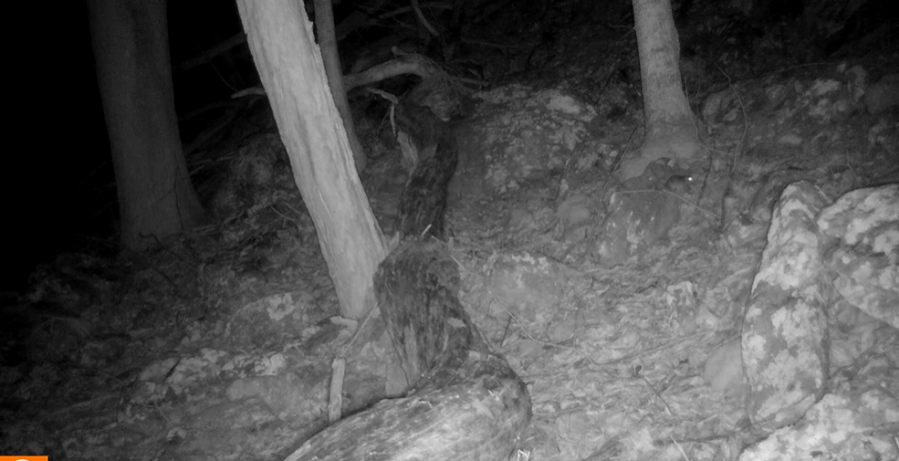A rare and threatened species of rodent known as the Allegheny woodrat has been spotted on a trail camera in Monongahela National Forest in West Virginia. The National Parks Service considers the woodrat to be a “species of concern” due to its declining population, with only an estimated 100,000 left in the wild. Despite its name, the Allegheny woodrat is more closely related to a mouse than a rat and is described as docile and clean, posing no threat to human health or safety. However, the species faces threats from the gypsy moth, which harms their food source and habitat.
The forest service shared the footage of the woodrat from March on its official Facebook page, sparking interest and concern among wildlife enthusiasts. The Indiana Department of Natural Resources notes that the woodrat has a habit of collecting shiny objects and bringing them to their nest, adding to its unique characteristics. While the specific location of the woodrat sighting in Monongahela National Forest was not disclosed, it marks a significant discovery in the region and highlights the importance of conservation efforts to protect the species.
The Allegheny woodrat was also recently found in Harpers Ferry by the NPS during a survey, marking the first time the animal had been spotted in the National Historic Park in over 20 years. Prior to this discovery, the woodrat was believed to be locally extinct in the area, further underscoring the challenges facing the species. The woodrat, primarily nocturnal in nature, was once found across several states in the eastern United States but has since experienced a decline in both population and range.
Conservation efforts are underway to protect the Allegheny woodrat in West Virginia and other states where it is endangered. The Pennsylvania Game Commission notes that the woodrat has earned conservation status in multiple states, signaling the need for collaborative action to preserve the species. Beyond West Virginia, the woodrat is considered at risk in states such as Alabama, Connecticut, Indiana, Kentucky, and more, indicating a widespread concern for its survival.
The unique characteristics and behavior of the Allegheny woodrat make it an important species for conservation efforts, despite its declining population. The woodrat’s habitat and food sources are threatened by factors like the gypsy moth infestation, highlighting the importance of protecting the environment to safeguard vulnerable species. Continued monitoring and research are essential to better understand the challenges facing the woodrat and develop strategies for its long-term conservation. Recognition of the woodrat’s significance as a “species of concern” by the National Parks Service underscores the urgency of collective action to ensure the survival of this rare and fascinating rodent species.


